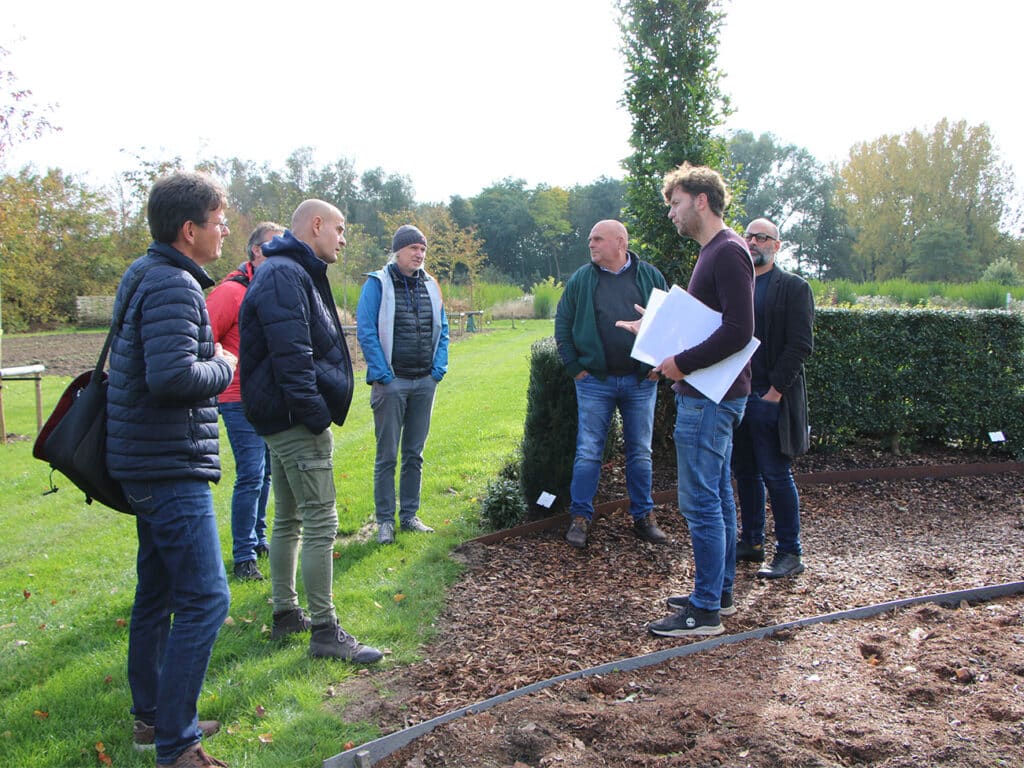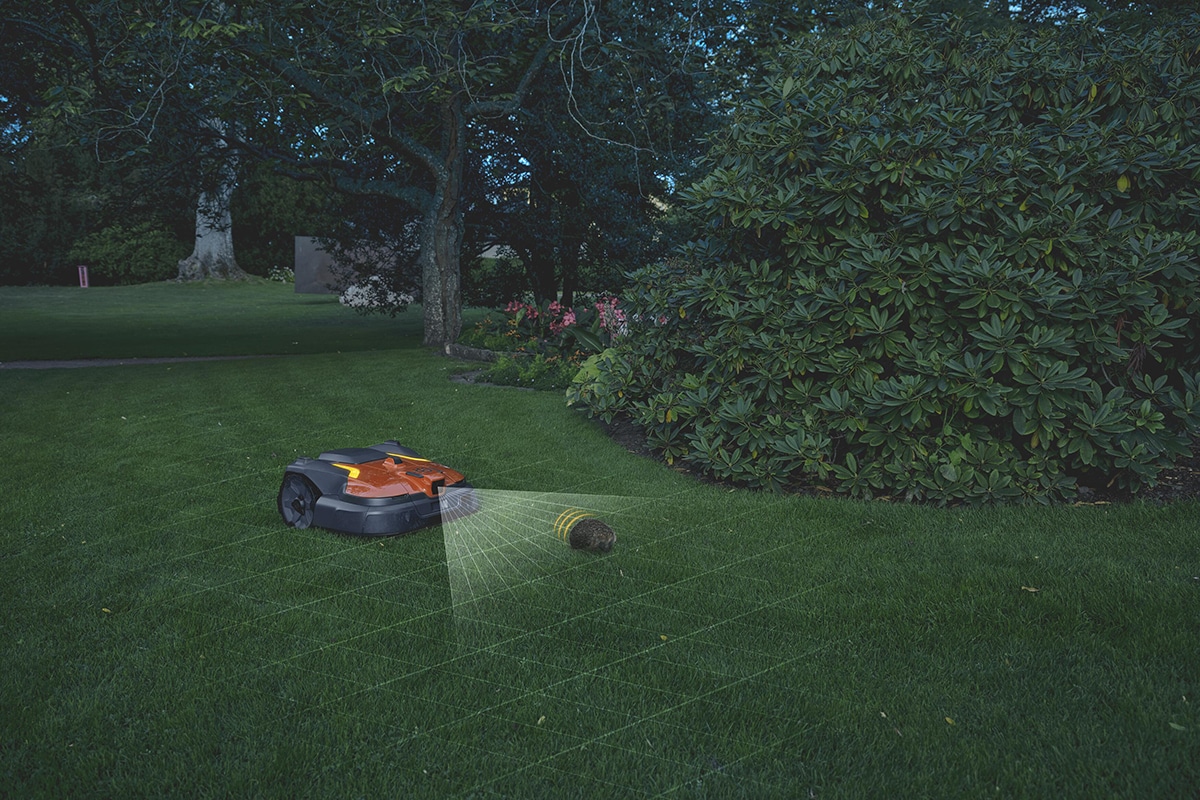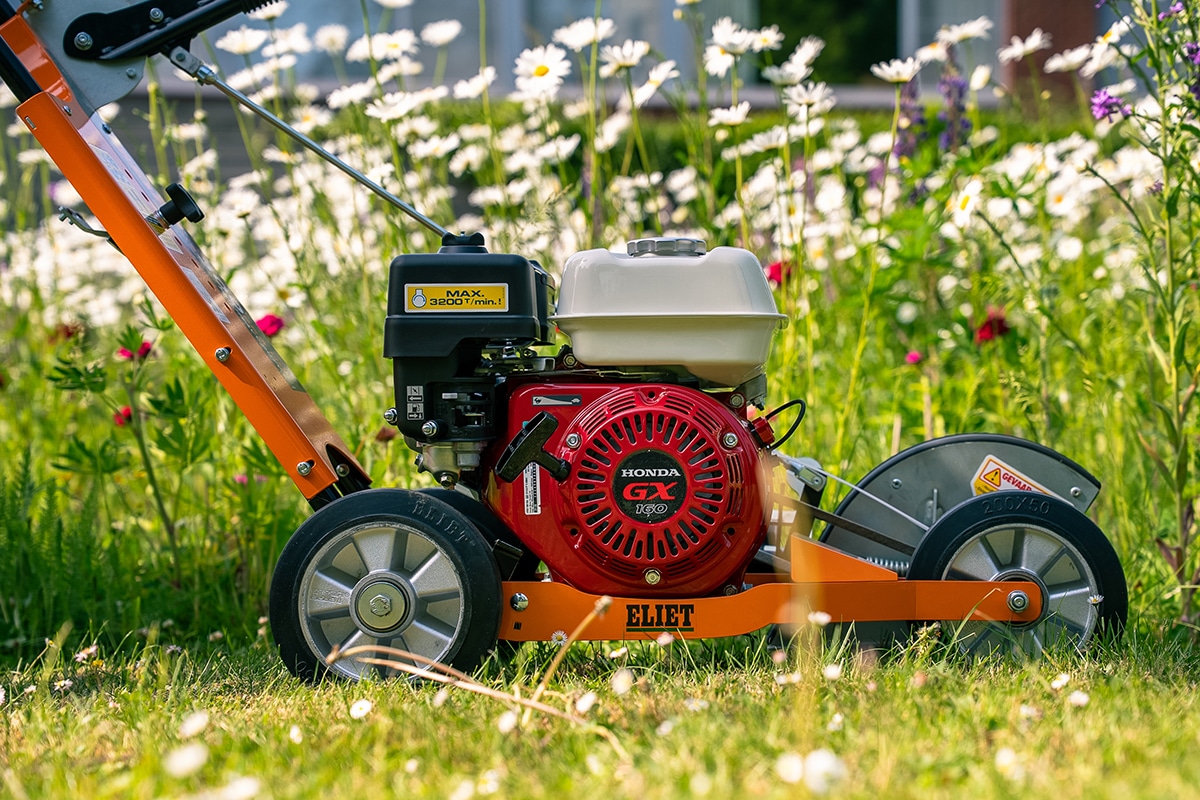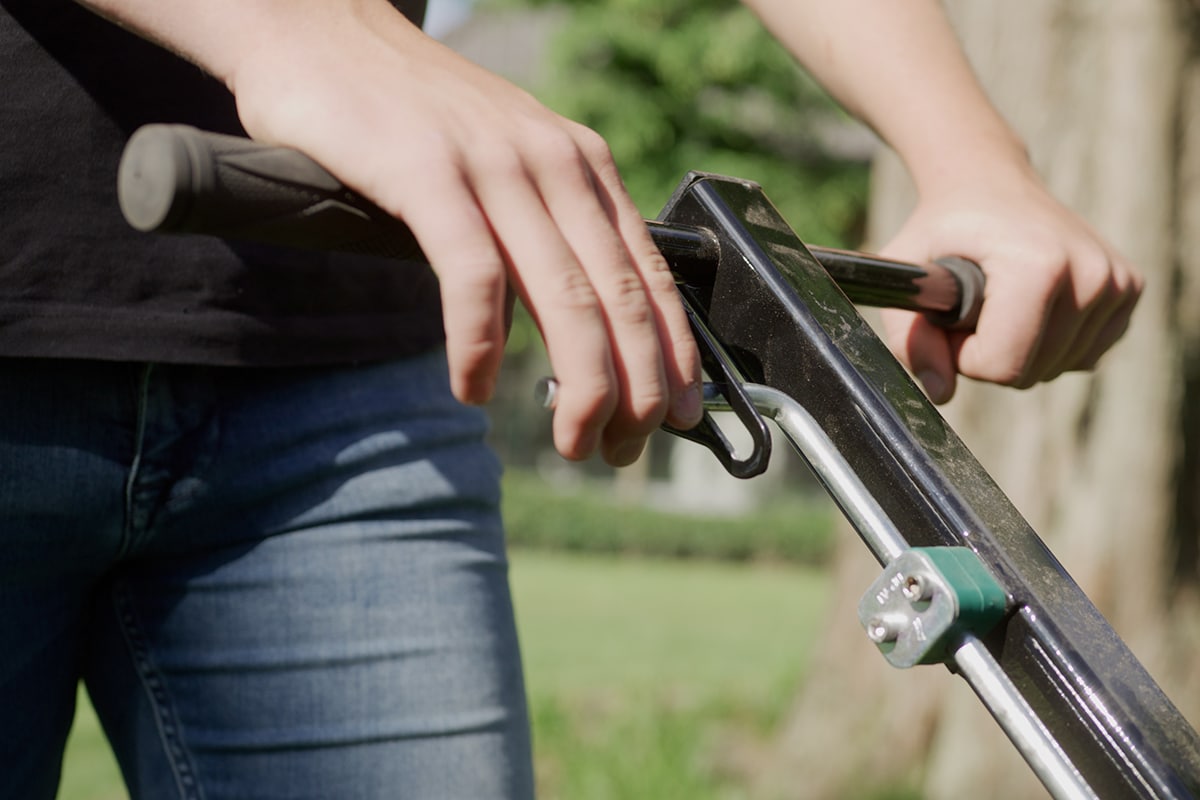
Green Department commits European to pooling plant knowledge
The PCS organized the annual Eurotrials meeting on Oct. 26 and 27 of last year to evaluate and set up joint sorting trials at the European level. Participating countries were Belgium, the Netherlands, Germany, England, Austria, France, Ireland, Finland and Iceland. After the annual meeting on the premises of the PCS, a number of visits were traditionally made to interesting assortment gardens and research sites.
At the PCS, explanation was given of the assortment trials and demo gardens of Department of Green and Department of Arboriculture, where the focus is on different applications. Following application possibilities are examined here in practical trials for their growth habit, disease and pest tolerance and tolerance to certain climate extremes (drought, flooding, heat):
- evergreen topiary shrubs
- climbing plants for different facade orientations
- plants for infiltration zones (wadis)
- ground-covering perennials, shrubs and bedding plants in different light conditions
- climate trees
In addition, the trials around planting techniques (use of soil conditioners, soil additives for the containment of drought damage and irrigation techniques when planting soil) emphasized the importance of proper execution in the planting phase, in addition to the selection of varieties.
Next, the Eurotrials partners enjoyed a tour of ILVO - Plant, provided by Dr. Johan Van Huylenbroeck. Here they discussed in depth the breeding research with which ILVO supports the floriculture sector, which is unique in Europe. This expertise is further cashed in the cooperative association Best-select. The results of this breeding are real hits (Hydrangea paniculata 'Pinky Winky' and others) and are distributed worldwide.
In general, the supporting research infrastructure for Flemish ornamental growers and green growers was felt to be very stimulating and innovative. The cooperation and mutual coordination between the various research centers through Technopool Ornamental Horticulture (PCS, ILVO, UGent and HoGent) is a textbook example of efficient handling of budgets with maximum impact.
Arboretum Wespelaar
In order to further inspire the Eurotrials assortment research, a visit was also made to the Arboretum Wespelaar, known for its assortment with a wide range of autumn colors, originating, among others, from Liquidambar sp. & Nyssa sp., but also lesser known species such as Lindera sp. The Arboretum has a wide assortment, often with a fascinating story. For example, here are some specimens of Franklinia alatamaha, a plant notable for its exceptional combination of red autumn coloration with white blooms (from September to first frost). It is important to note that this species has become very rare in its natural habitat, and this Arboretum, like other plant collections, contributes to the preservation of this and other special species.
Hibiscus sp.
As part of this European cooperation, a two-year variety comparison was set up at the PCS in 2014 with some 60 cultivars of Hibiscus sp., the results of which continue to add value to good species selection.
Hibiscus is a heat-loving species that patiently awaits summer, before developing strongly and starting to bloom conspicuously well into autumn. The characteristic flowers come in a variety of colors (especially white, pink and blue) and with open (large, long visible stigma and stamens) or filled flower cores (semi- or fully double-flowered).
In terms of maintenance, this plant is easy. The pest and disease pressure is very limited. In terms of pruning, the plant is very flexible, you can omit pruning or prune the plant back to a few stem branches each spring to limit height growth. Because the plant flowers on annual wood, pruning has no negative effect on flowering.
Of the different cultivars, relevant characteristics in terms of growth, flowering and durability were scored during the variety comparison. The results varied according to plant location, yet some species showed overall added value. A full discussion of the results for Hibiscus can be found in Dendroflora no. 56 (2020), as well as for Physocarpus opulifolius.
A variety comparison of 42 low-growing Spiraea species and cultivars is currently underway in the PCS. The results will be known by the end of 2022.



